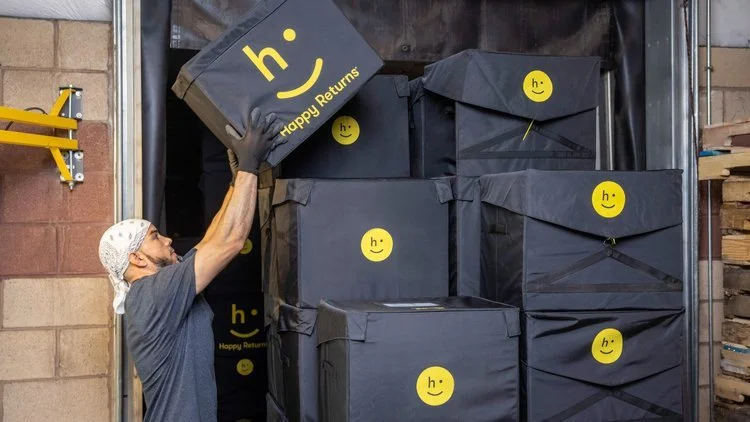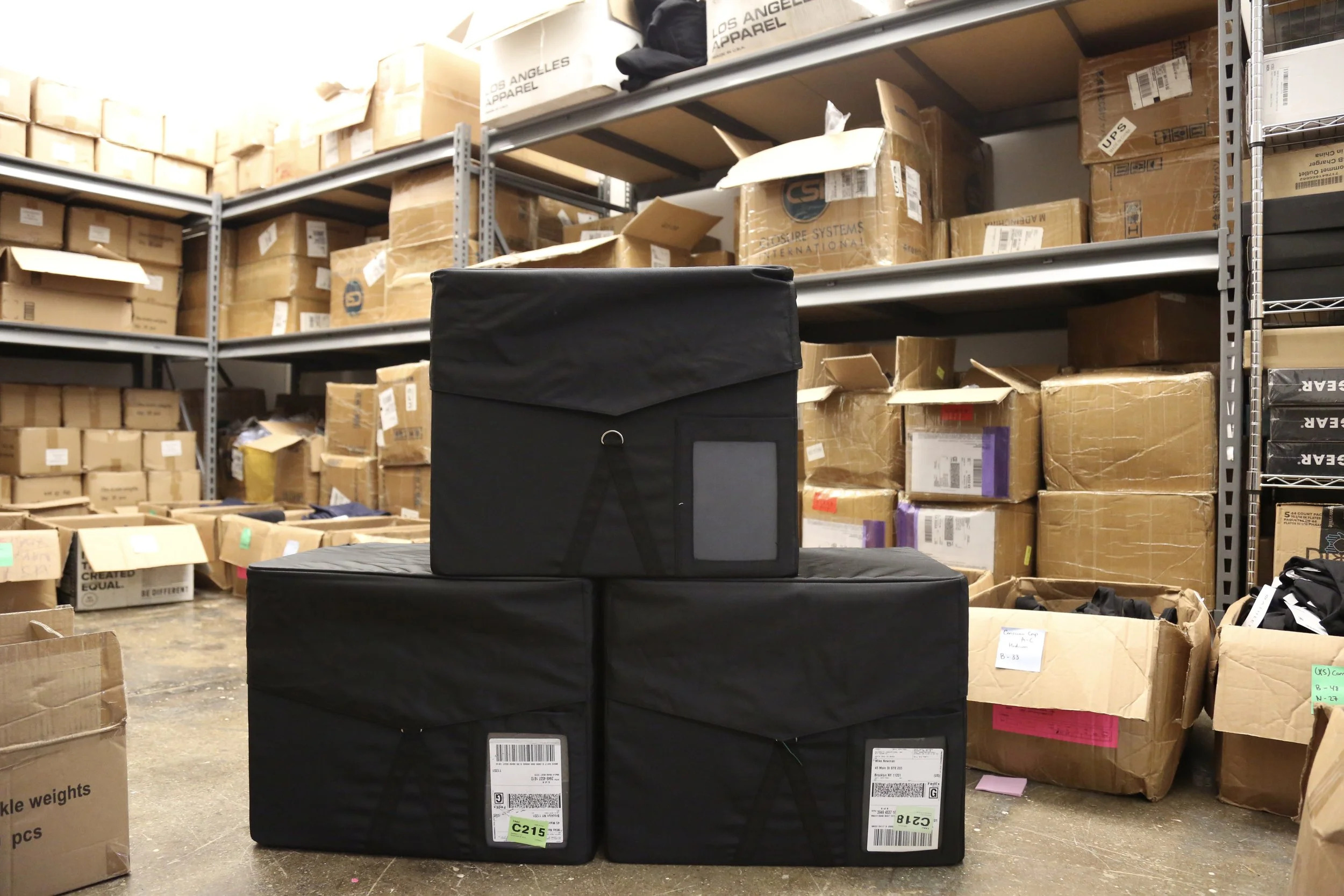Making Reuse Real. Measurable Impact, Not Just Intent
Reuse is a valuable tool, but it’s not magic. It only delivers benefits when used in a compatible system. Returnity’s approach ensures every Last Box™ is reused, tracked, and redeployed—aligning economic incentives with environmental outcomes. In doing so, we help companies move from “good intentions” to operational sustainability that pays back in dollars and decarbonization
E-commerce growth is pushing trillions of packages across the globe—each one cake-boxed, taped, flattened, baled, and often re-cartoned. With over 100 billion parcel deliveries annually (rising to 200B+ by 2026), the environmental and operational costs are clear.
Why Traditional Packaging Fails
Cartons and tape are cheap—until they aren’t. Each “single-use” unit hides costs:
Recurring spend on boxes, tape, and dunnage for every shipment
Labor for cutting, unpacking, breakdown, and baling
Product loss, repair, and waste handling
In the U.S. alone, corrugated volumes could pave a mile-wide road from NYC to LA and back three times per year.
More parcels = more waste, more handling, and higher friction.
Transparency Through Data
To ensure reuse is meaningful, we monitor:
-
How often each box cycles
-
Product integrity over time
-
Cradle-to-cradle CO₂ impact
-
When reuse outperforms single-useption
We layer these metrics into product insight dashboards that decision-makers can use to optimize their reuse fleet because sustainability without data becomes speculation.
Real Deployment, Real Impact.
-

A single Last Box can replace 50+ cartons, reducing material waste and handling
-

Lower damage, lower labor, lower packaging spend
-

Emissions savings that scale across the network
From Ambition to Operations.
Sustainability is not a side project—it’s integral to profitable logistics.
When reuse is tied to the systems you run, it doesn’t cost, it pays. Start with your first lane, prove the numbers, then scale












